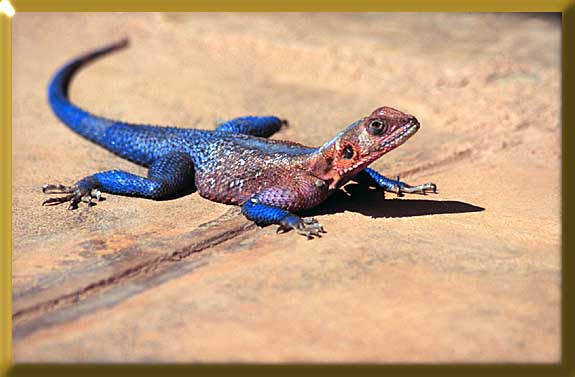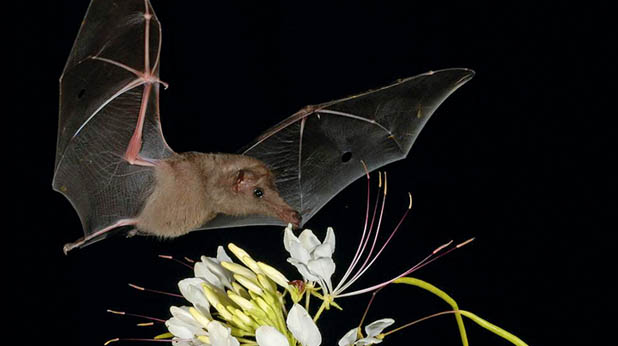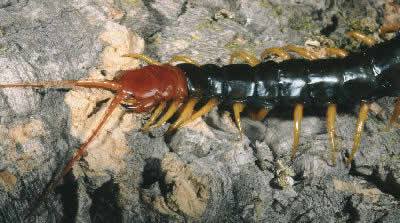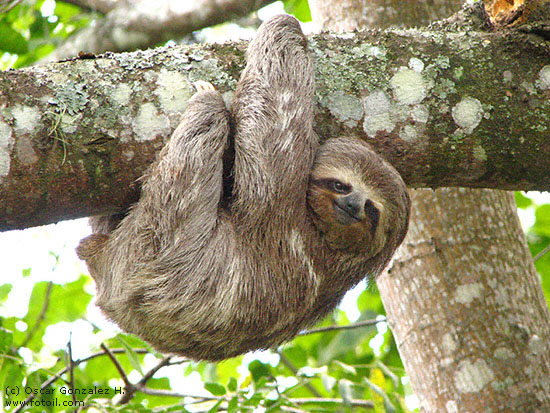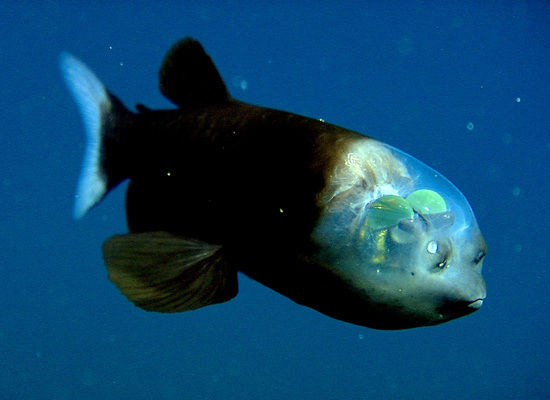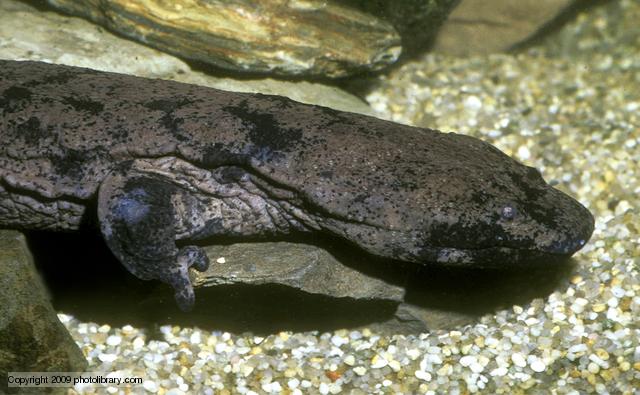
Did You Know?
- The Chinese Giant Salamander is the largest salamander in the world…and they are fully aquatic!
- As the name suggests, this large salamander can be found throughout all regions of China
- The Chinese Giant Salamander is listed as critically endangered as a result of over-harvesting and habitat degradation
The Biggest Salamander in the World
There are some large amphibians in the world but none are nearly as gigantic as the Chinese Giant Salamander, which can reach lengths up to 1.8 metres (5.9 feet) with a weight around 30 kilograms (66 pounds). Just picture this for a moment, a 66 pound salamander! You would have to lift some pretty big rocks to find these giant creatures. Actually, if you really want to find one of these salamanders you need to wade around in the clear, cold, mountain streams of China. Inside these incredibly cold streams, the Chinese Giant Salamander will usually take shelter in hollows and underwater cavities.
How Do Giant Salamanders Breathe?
The Chinese Giant Salamander spends most of their time underwater or in the banks along the shore, however, these aquatic amphibians do not have gills to breathe. They do have a set of lungs, however, they work rather poorly, as you might expect in water. So how in the world does this salamander breathe underwater? Believe it or not, these giant creatures breathe through their skin. That’s right, they are able to take oxygen directly from the water into their body through their specialized skin. Incidentally the opposite effect occurs allowing them to release dangerous carbon dioxide from their body. I just hope these animals are not contributing too much to Global Warming :).

The Aquatic Stalker
When they aren’t being cool by breathing through their skin, the Chinese Giant Salamander, will be out hunting for dinner (okay, they actually do this while being cool and breathing through their skin). So what is on the menu for this giant salamander? Well like any large aquatic animal, they feed on small fish, other salamanders, worms, insect larvae and anything else they can find. Since they have poor eyesight, our featured animal relies on smell and touch to stalk their prey. Personally, I would be creeped out a little if the Chinese Giant Salamander decided to stalk me…and especially if they started touching me.

